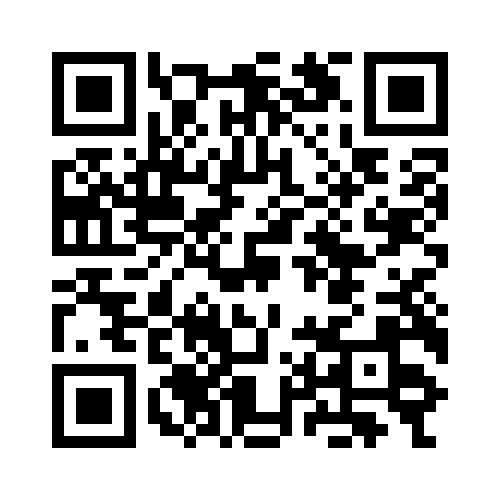DJI Innovations
Member
The new firmware includes the following updates:
1. Improved compatibility with various HDMI devices.
2. 720p OSD display setting for HDMI devices.
3. Turn on/off the HDMI OSD displaying through DJI Lightbridge App.
4. Removed Full-HD mode temporally. Upgraded version of Full-HD mode coming soon.
5. Antenna signal quality checking feature added.
To get the new features, you MUST upgrade the following models to the latest version respectively, via the latest DJI Lightbridge Assistant Software v1.2:
Ground system main controller: 1.1.6
Ground system decoder: 1.4.4
Air system main controller: 1.0.3
Air system encoder: 1.1.4
Android App: 1.0.2
NOTE: Ground system decoder upgrade needs about 15 minutes, please DO NOT power off the Ground system or disconnect USB cable during upgrade process. If your Lightbridge device behaves abnormal after the upgrade, please contact DJI Service center for help.
To use with Z15-BMPCC gimbal, you MUST upgrade Z15-BMPCC HD-AV model to v1.8 through Z15-BMPCC gimbal Assistant Software.
Download the latest DJI Lightbridge Assistant software v1.2 from DJI website:
http://www.dji.com/product/dji-lightbridge/download
Download the latest DJI Lightbridge App as instructed below:
1. Search "DJI Lightbridge" on Google Play and download;
2. Enter http://m.dji.net/lightbridge on web browser to download;
3. Scan the QR code below to download.

Enjoy your FPV HD flight!
1. Improved compatibility with various HDMI devices.
2. 720p OSD display setting for HDMI devices.
3. Turn on/off the HDMI OSD displaying through DJI Lightbridge App.
4. Removed Full-HD mode temporally. Upgraded version of Full-HD mode coming soon.
5. Antenna signal quality checking feature added.
To get the new features, you MUST upgrade the following models to the latest version respectively, via the latest DJI Lightbridge Assistant Software v1.2:
Ground system main controller: 1.1.6
Ground system decoder: 1.4.4
Air system main controller: 1.0.3
Air system encoder: 1.1.4
Android App: 1.0.2
NOTE: Ground system decoder upgrade needs about 15 minutes, please DO NOT power off the Ground system or disconnect USB cable during upgrade process. If your Lightbridge device behaves abnormal after the upgrade, please contact DJI Service center for help.
To use with Z15-BMPCC gimbal, you MUST upgrade Z15-BMPCC HD-AV model to v1.8 through Z15-BMPCC gimbal Assistant Software.
Download the latest DJI Lightbridge Assistant software v1.2 from DJI website:
http://www.dji.com/product/dji-lightbridge/download
Download the latest DJI Lightbridge App as instructed below:
1. Search "DJI Lightbridge" on Google Play and download;
2. Enter http://m.dji.net/lightbridge on web browser to download;
3. Scan the QR code below to download.

Enjoy your FPV HD flight!




